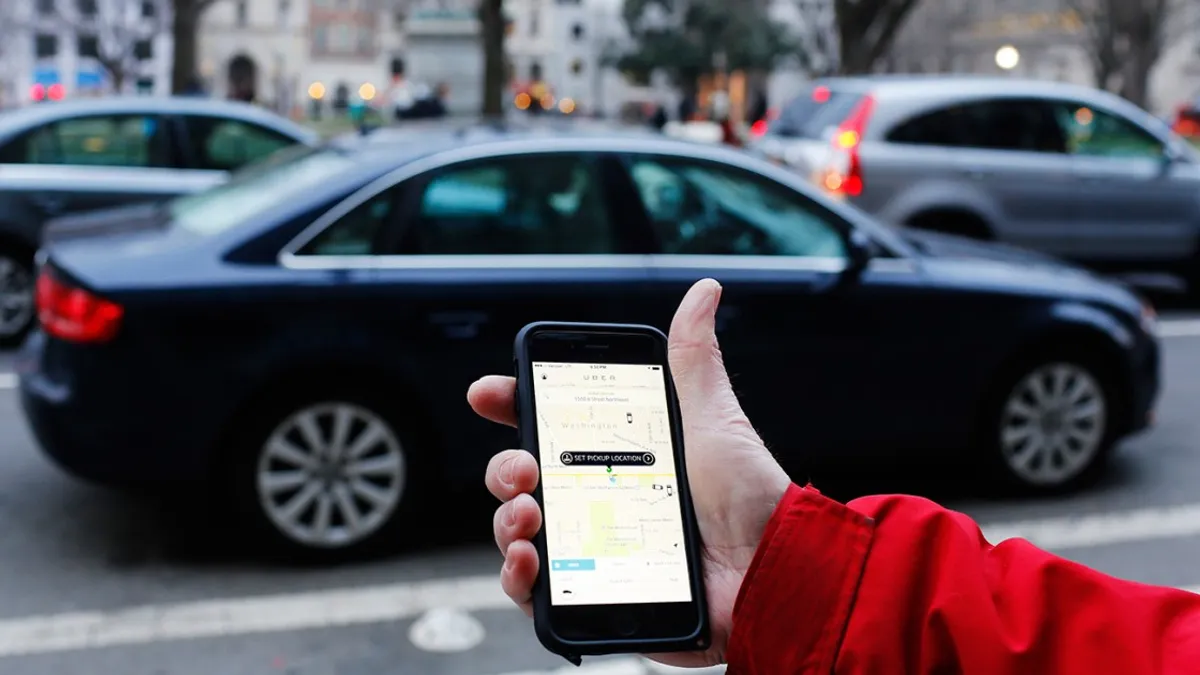Dive Brief:
- Uber will begin testing a plan to hide exact pick-up and drop-off locations from its drivers in the trip history logs, as reported by TechCrunch and others. A company spokeswoman confirmed the test to Smart Cities Dive.
- Rather than give drivers a full log of addresses in their trip history, it will display a broader region where the pick-up or drop-off took place. It does not change the data Uber collects and stores.
- "Location obfuscation is an effort driven by our privacy organization as we continue to evaluate better ways to protect information shared between drivers and riders, and with Uber," spokeswoman Melanie Ensign told Smart Cities Dive.
Dive Insight:
TechCrunch notes the company moves towards these changes after it reached a settlement with the Federal Trade Commission (FTC) last year that followed an investigation into mishandling data. And while the two are not related, an Uber spokesman noted to the outlet that "user expectations are shifting" on data handling. Meanwhile, the update to European privacy rules — known as GDPR — also gives people more rights on how their data is held.
This pilot program comes on the heels of Uber CEO Dara Khosrowshahi’s blog post earlier this month in which he outlined several improvements he said will "double down on safety in our app." That includes a dedicated Safety Center with various tips built in partnership with law enforcement; a Trusted Contacts feature allowing riders to share trip details with up to five people; various initiatives around calling 911; and strengthening driver screening.
While these partnerships do not specifically relate to data privacy, the company is beefing up its standards. Gizmodo notes women have had experiences where drivers on ride-hailing apps have used data provided to harass them; this update equips riders to have more protection. "When Dara says that we stand for safety, that also includes data security and privacy," Ensign said.
Ensign emphasized this is still in the testing phase, and "isn't going to roll out broadly yet." But it appears to be well on the way to becoming standard practice. "We plan to do an official announcement once the testing is complete, so we can tell users exactly what to expect," Ensign said.











